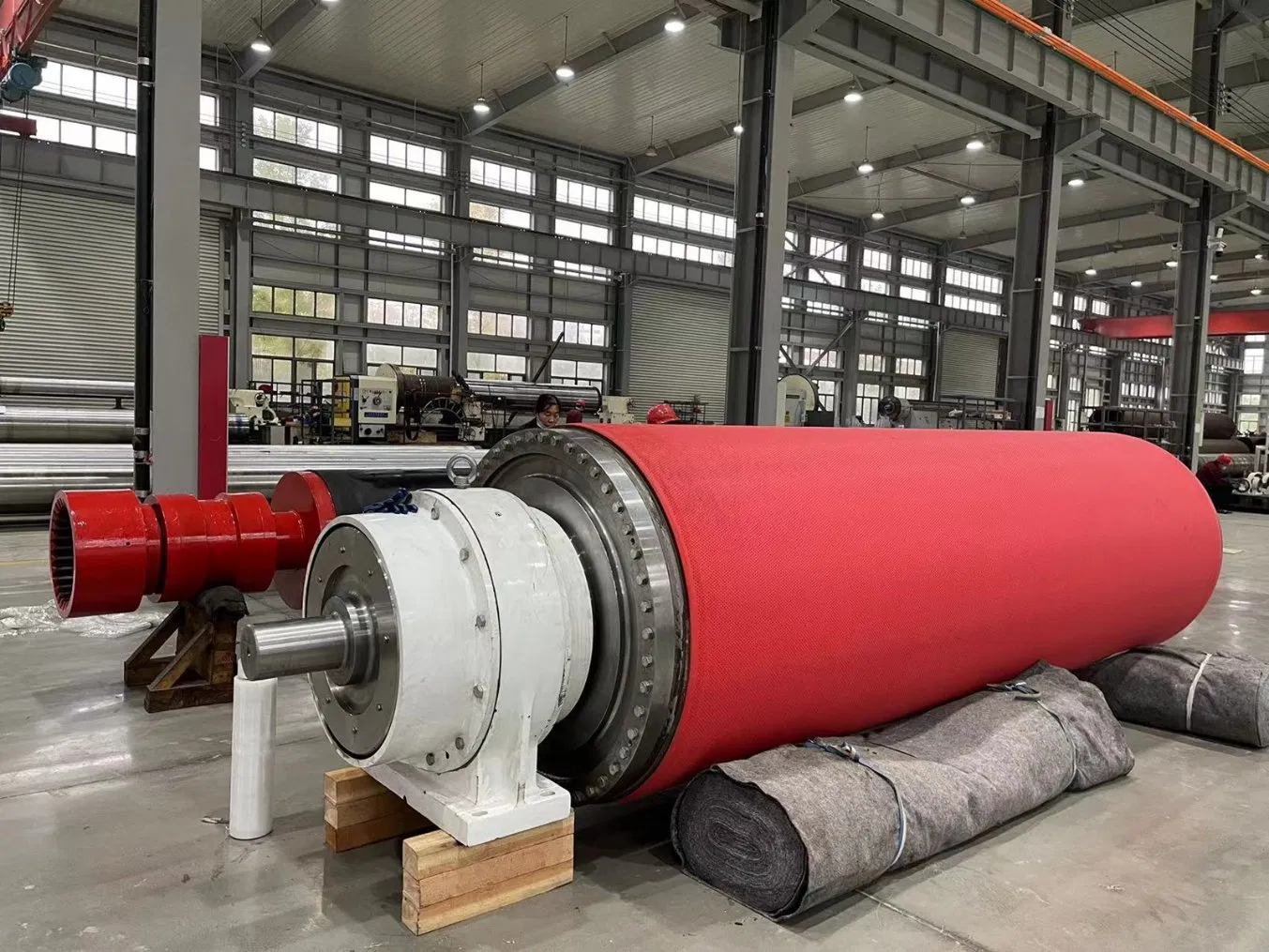Introduction
Paper mills rely heavily on rolls to maintain smooth operations and produce high-quality products. However, roll issues can quickly derail production, leading to costly downtime and reduced efficiency. In this article, we'll explore common paper mill roll problems and provide practical solutions to keep your mill running at peak performance.
The Importance of Regular Roll Maintenance
Regular roll maintenance is crucial for preventing many common paper mill roll problems. By establishing a consistent maintenance schedule, you can extend the lifespan of your rolls, reduce downtime, and improve overall product quality.
Key Insight: Roll Cleaning
One of the most important aspects of roll maintenance is regular cleaning. Built-up contaminants can cause roll defects, negatively impacting performance and product quality. To prevent this, implement a daily cleaning routine using appropriate cleaning solutions and techniques.
Identifying and Addressing Roll Defects
Despite your best efforts, roll defects may still occur. Some common defects include shell defects, core defects, and surface defects. Identifying these issues early is key to minimizing their impact on your mill's operations.
Actionable Point: Shell Defects
Shell defects, such as cracks or corrosion, can compromise roll integrity and lead to premature failure. To address shell defects, consider:
Actionable Point: Core Defects
Core defects, such as delamination or voids, can negatively affect roll performance and stability. To address core defects, consider:
- Using high-quality materials during roll manufacturing
- Implementing proper curing techniques to ensure adequate adhesion between layers
- Regularly monitoring roll performance to identify potential core issues early
Actionable Point: Surface Defects
Surface defects, such as scratches or pits, can impact product quality and lead to increased downtime. To address surface defects, consider:
- Implementing proper handling and storage procedures to prevent damage
- Regularly inspecting roll surfaces for signs of wear
- Repairing or refurbishing damaged rolls as needed
Optimizing Roll Performance
In addition to addressing common roll defects, optimizing roll performance can help improve your mill's efficiency and product quality. Some strategies for enhancing roll performance include:
Actionable Point: Proper Roll Alignment
Misaligned rolls can cause numerous issues, including uneven wear, increased energy consumption, and reduced product quality. To ensure proper roll alignment:
- Regularly inspect and adjust roll positions as needed
- Use precision measurement tools to verify alignment
- Consider implementing automated alignment systems for increased accuracy and efficiency
Actionable Point: Roll Balancing
Imbalanced rolls can lead to vibrations, premature wear, and increased energy consumption. To maintain proper roll balance:
- Inspect rolls regularly for signs of imbalance
- Remove excess material or add counterweights as needed
- Consider investing in dynamic balancing equipment for more accurate results
Conclusion
Troubleshooting common paper mill roll problems doesn't have to be a daunting task. By focusing on regular maintenance, promptly addressing defects, and optimizing roll performance, you can significantly improve your mill's efficiency and product quality. Remember, investing in your rolls today will pay off in the long run through reduced downtime, lower maintenance costs, and happier customers.
Next Steps
Now that you're armed with practical strategies for addressing common paper mill roll problems, it's time to put this knowledge into action. Review your current roll maintenance procedures, identify areas for improvement, and start implementing changes today. Your mill's success depends on it!



